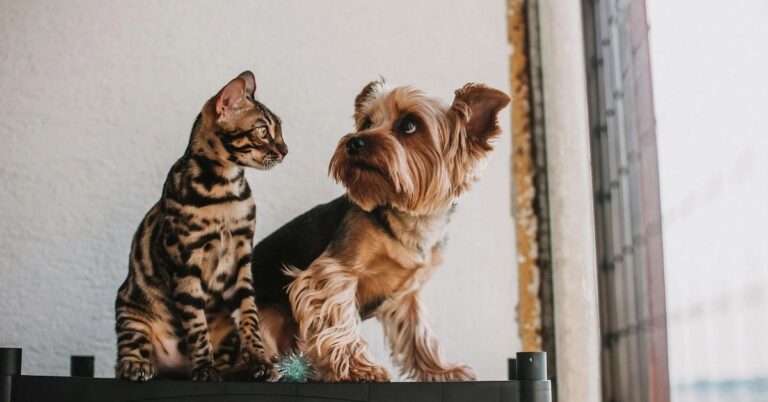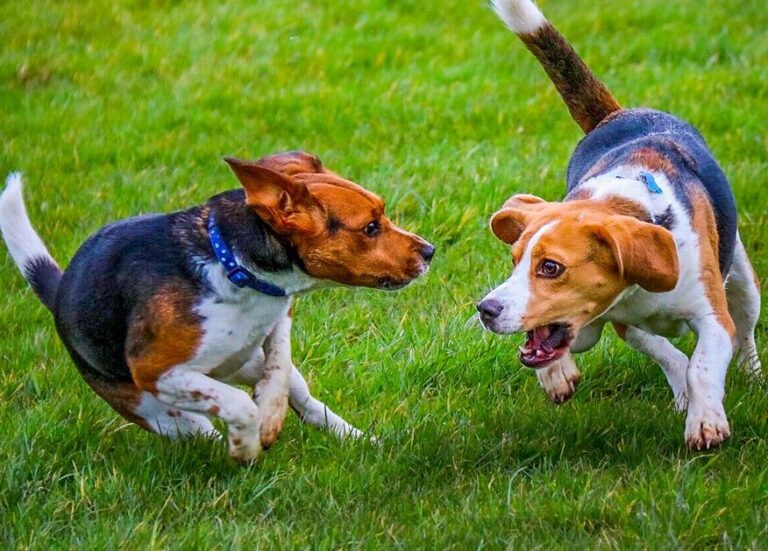10 Tricky Dog Breed Names And How To Pronounce Them Right

Dog lovers know their breeds, but pronouncing them correctly? That’s a whole different challenge. Some breeds, especially the elegant European ones, have tricky names. These slides highlight 10 fancy dog breed names that are often mispronounced, along with the correct way to say them.
Bichon Frise (Correct: Bee-shon Free-zay)
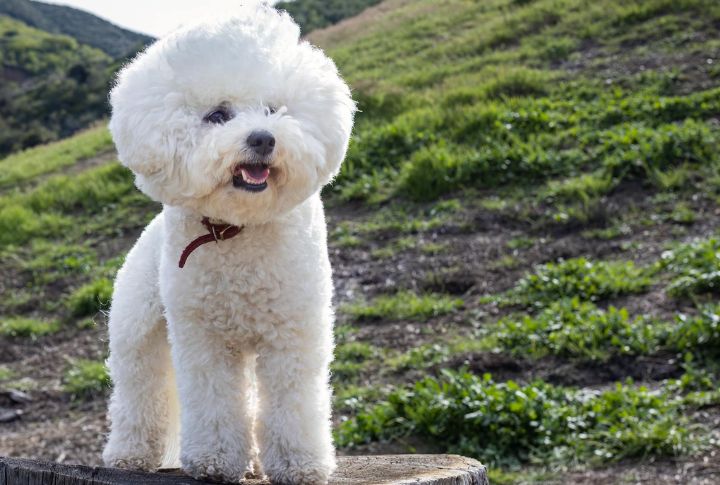
This fluffy white dog with a cotton-ball coat often gets miscalled “Bye-shawn Fryz” or “Bik-shon Freeze.” However, the breed name is French, and its pronunciation reflects that heritage. “Bichon” refers to a group of small lapdogs, and “Frise” means “curly.” These dogs are friendly, hypoallergenic, and known for their joyful temperament.
Papillon (Correct: Pap-ee-yon)

It is one thing to love this dog breed and another thing to pronounce it right. While some people say “Pap-ill-on” or “Pappy-lawn,” the correct pronunciation of this French breed is Pap-ee-yon, which means “butterfly.” The name refers to their large, wing-shaped ears, which resemble a butterfly in flight. These tiny, energetic dogs were once favorites of European aristocracy.
Weimaraner (Correct: Vy-muh-rah-ner or Vy-muh-rah-nuh)

Often mispronounced as “Wee-mah-ray-ner” or “Why-muh-ray-ner,” this German breed’s name is Vy-muh-rah-ner. Known as the “Gray Ghost” for their sleek silver coat and piercing eyes, Weimaraners were originally bred for big game hunting. They’re athletic and require lots of activity. The breed name honors the Grand Duke of Weimar, who developed them.
Lhasa Apso (Correct: Lah-suh AHP-so)
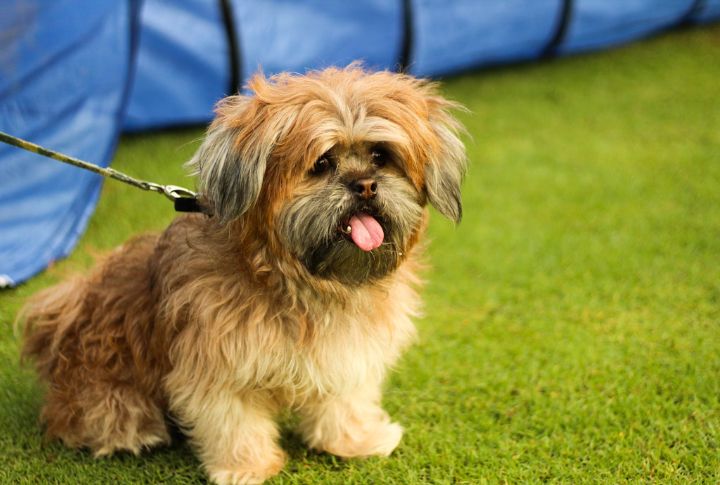
Lhasa Apso is properly pronounced Lah-suh AHP-so and not “Lass-uh App-so” or “Lah-zuh Ap-so.” While “Lhasa” refers to the capital city of Tibet, “Apso” is thought to derive from a Tibetan word meaning “bearded.” These little dogs were once used to guard monasteries, relying on their acute hearing and bold personality.
Shih Tzu (Correct: Sheed-zoo or Sheet-su)
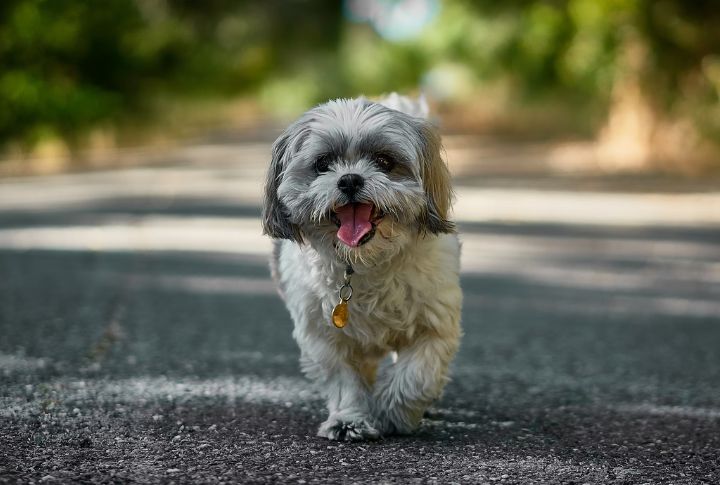
Next time you see a Shih Tzu, try not to call it “Shih-zoo” or worse, “Sheet-zoo.” The name, which translates to “lion dog,” reflects its resemblance to traditional Chinese guardian lions. The correct pronunciation is Sheed-zoo or Sheet-su, originating from Mandarin. Shih Tzus were cherished by Chinese royalty and bred as companion animals.
Beauceron (Correct: Bo-suh-ron)
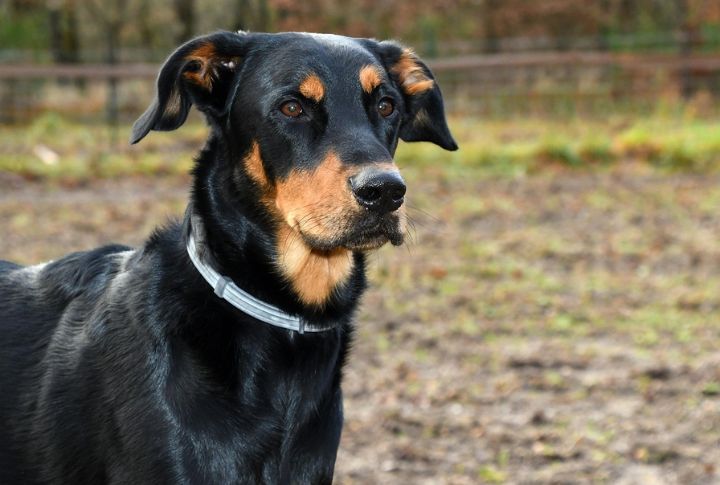
Beauceron comes from the Beauce region of France, where these dogs worked as farm guardians and livestock herders. Frequently mispronounced as “Boo-sir-on” or “Bow-suh-reen,” this powerful French herding dog is correctly pronounced Bo-suh-ron. With their muscular build and high intelligence, Beaucerons are known for their versatility, from police work to search and rescue.
Keeshond (Correct: Kayz-hawnd)
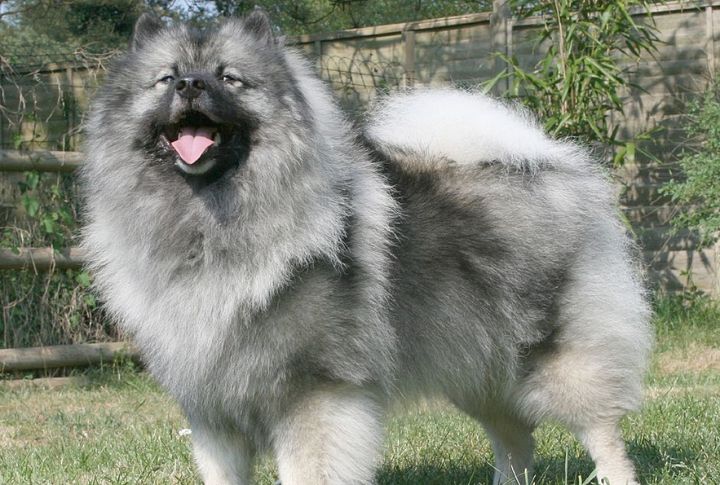
Named after 18th-century political figure Cornelis “Kees” de Gyselaer, the breed became a symbol of the Dutch Patriot Party. The dogs are known for their thick coats and distinctive “spectacles” around the eyes. Most English speakers forget that this name isn’t English, calling it “Kee-shond” or “Keez-hond” instead of Kayz-hawnd.
Coton De Tulear (Correct: Ko-tawn duh Too-lee-are)
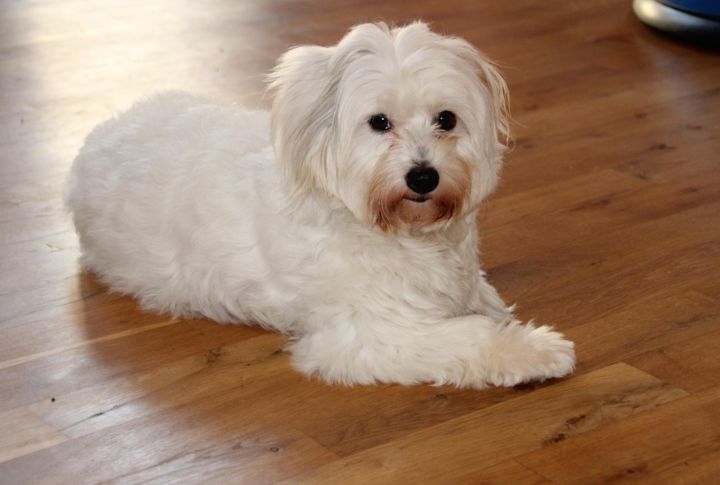
Instead of “Cotton de Tool-er” or “Co-ton del Tular,” this fluffy white breed’s name is rightly pronounced Ko-tawn duh Too-lee-are. It hails from Madagascar and is named after the city of Tulear (now Toliara). “Coton” refers to the cotton-like texture of their coat. The Coton De Tulear is known for its clownish personality.
Xoloitzcuintli (Correct: Show-low-eats-queen-tlee or Show-low)
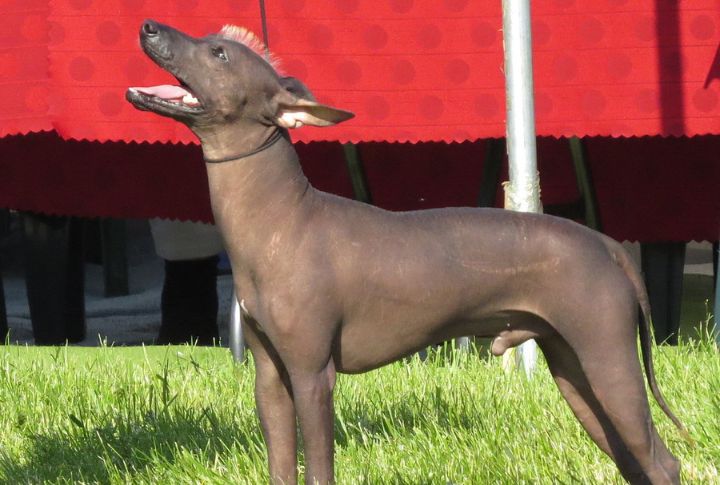
This Mexican tongue-twister of a name is pronounced “Exo-litz-quint-lee.” The name is derived from the Aztec god Xolotl and the Nahuatl word “itzcuintli,” meaning dog. They are hairless canines considered sacred and thought to lead souls in the afterlife. So, when next you see this breed, try sounding Show-low-eats-queen-tlee, or more simply, Show-low.
Samoyed (Correct: Sam-my-ed or Sahm-ee-ed)
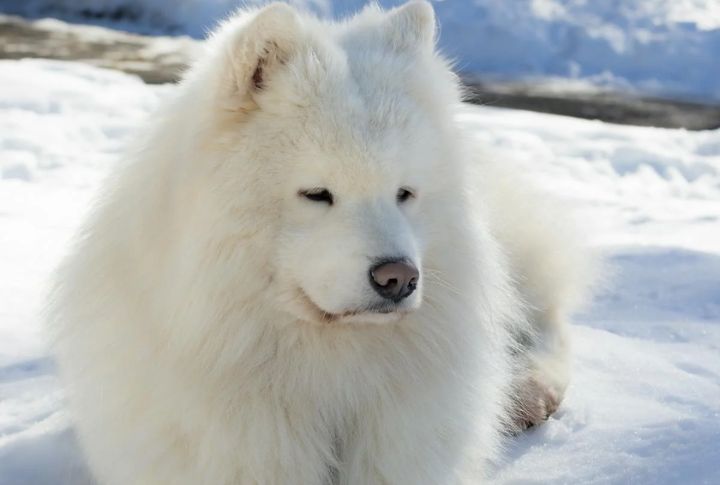
The correct pronunciation of this breed’s name is closer to Sam-my-ed or Sahm-ee-ed. That is a far cry from pronunciations like “Suh-moy-ed” or “Sam-oyd.” These dogs were trained to herd reindeer and pull sleds. Their trademark “Sammy smile” comes from their upturned mouth corners, which helped prevent icicles from forming on their face.
